7 Must-See Iconic Examples of Brutalist Architecture
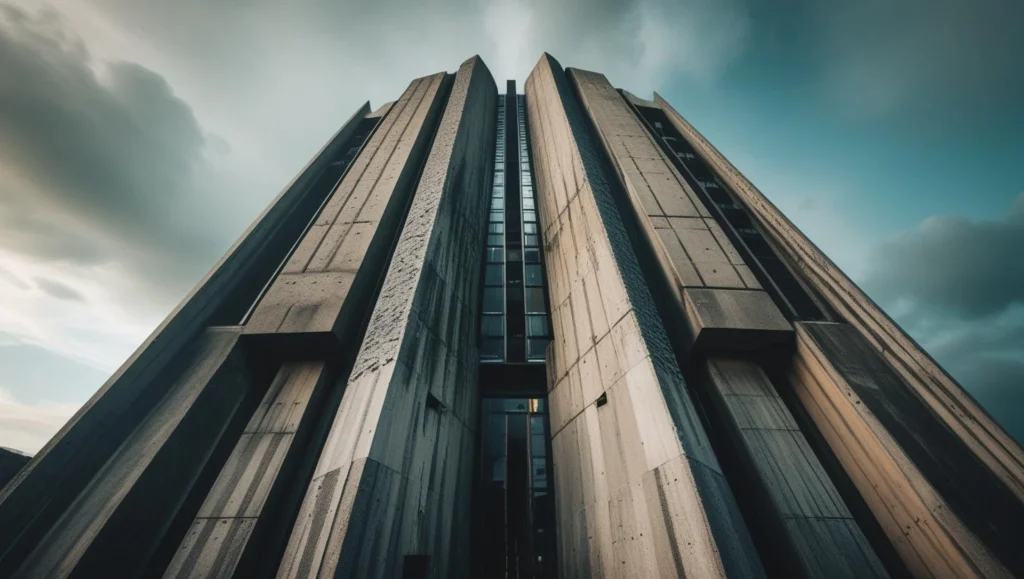
Table of Contents
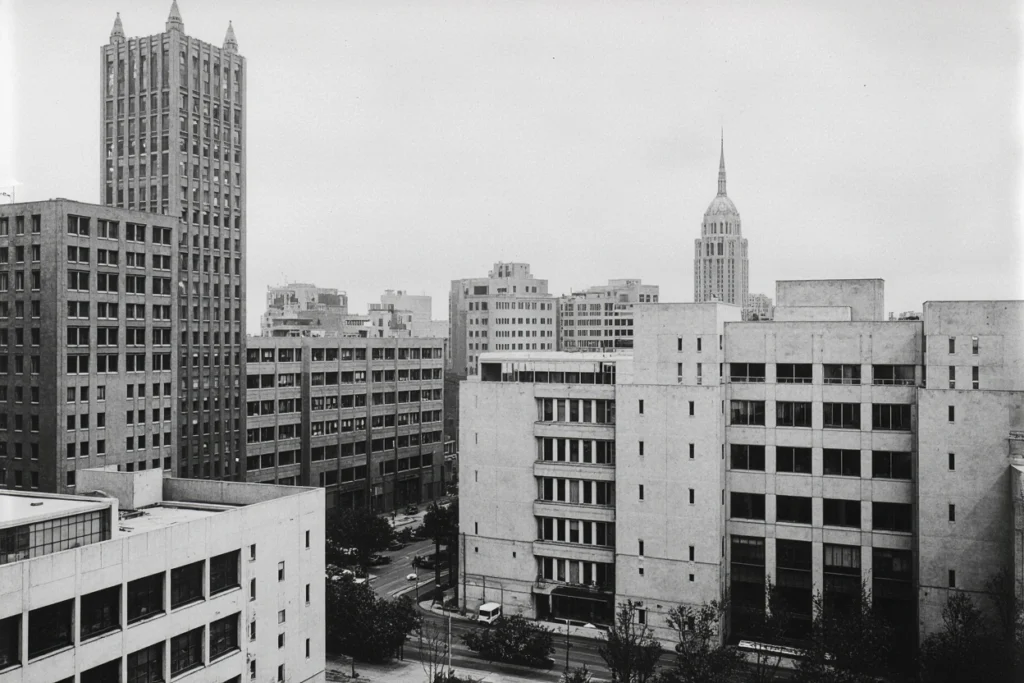
Brutalist architecture isn’t just about raw concrete and bold lines — it’s a style that challenges convention, sparks conversation, and leaves a lasting impression. Whether you’re a design enthusiast or just curious about this bold architectural movement, you’re in the right place. Let’s explore what brutalist architecture is all about and take a tour of some of its most iconic examples.
What is Brutalist Architecture?
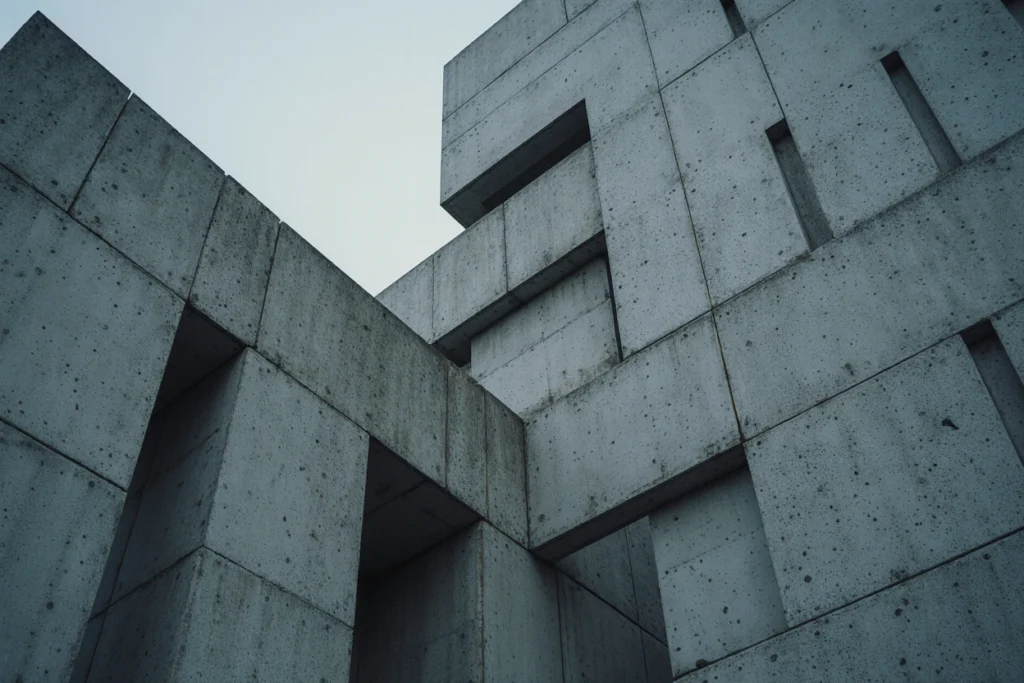
Brutalist architecture is a design movement that emerged in the mid-20th century, known for its use of raw, unfinished materials, blocky forms, and striking, geometric shapes. The term originates from the French phrase béton brut, meaning “raw concrete,” a fitting reference to the style’s bold, unfinished surfaces.
Key Features of Brutalist Style Architecture
- Exposed concrete and raw materials
- Geometric, block-like structures
- Minimal ornamentation
- Emphasis on functionality
- Monumental, fortress-like appearance
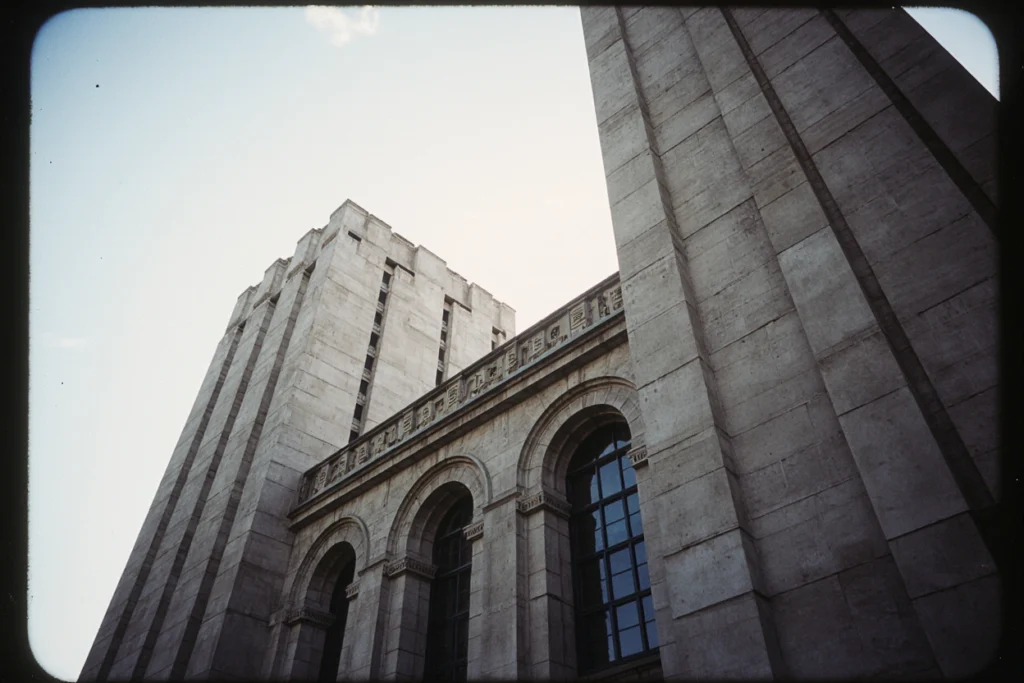
While often seen as stark or imposing, many brutalist buildings carry a sense of honesty and strength that makes them stand out.
A Brief Historical Context
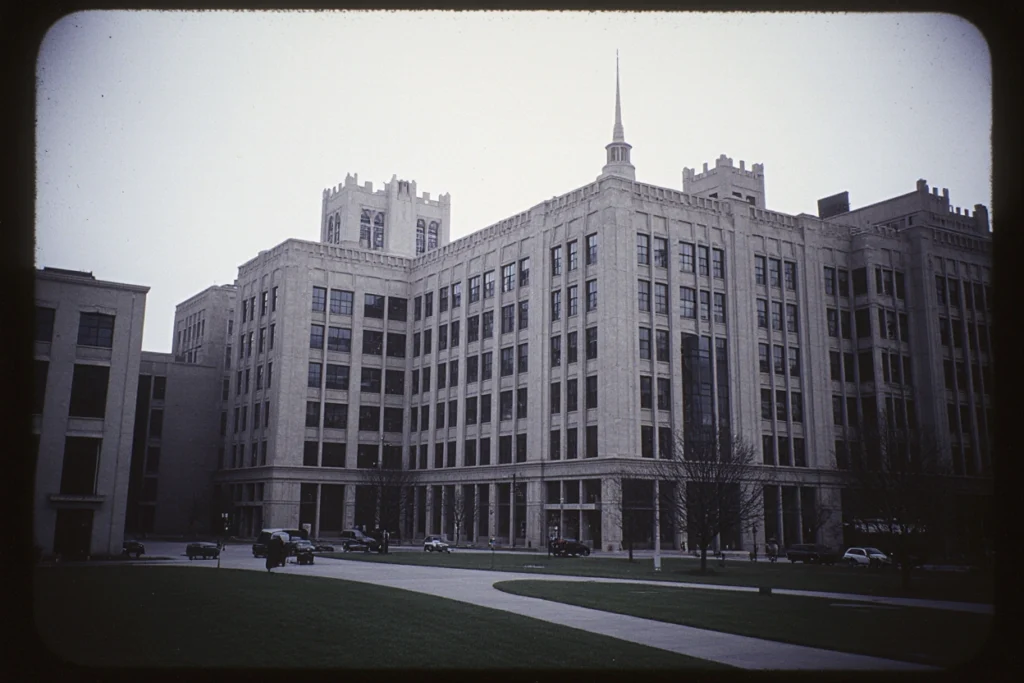
Brutalist architecture first gained popularity in the post-World War II era, particularly in Europe and North America. It was seen as a practical, cost-effective approach to building civic spaces, universities, and housing developments. Over time, the style became associated with both idealistic urban renewal and, at times, controversy due to its stark appearance.
7 Iconic Examples of Brutalist Architecture
Ready to explore some unforgettable structures? Here are seven brutalist landmarks you need to see:
1. Boston City Hall, United States
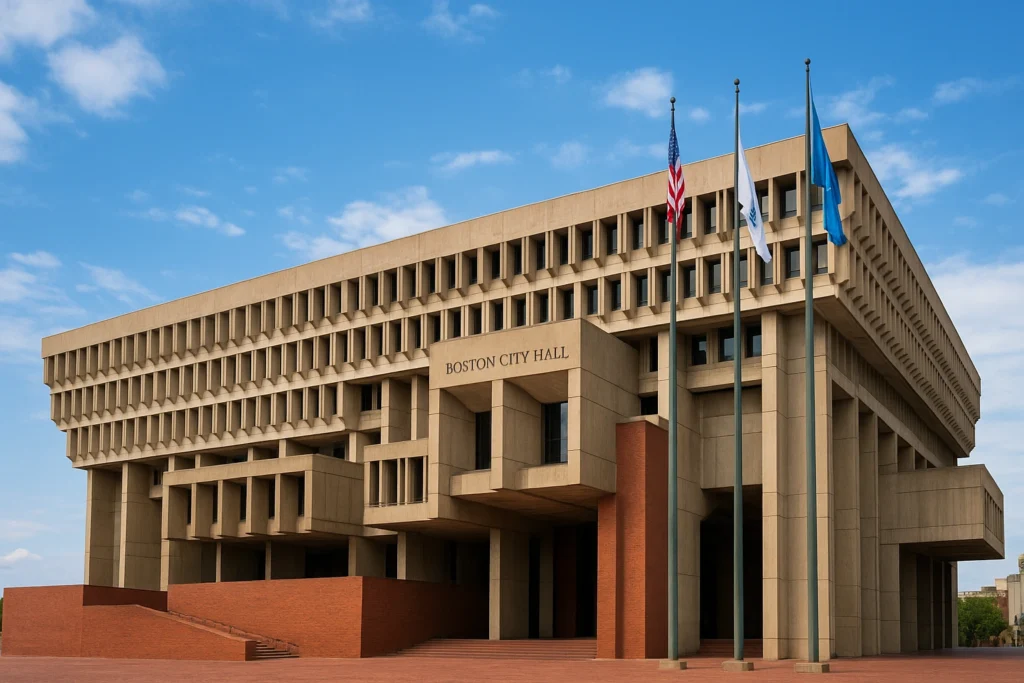
Architectural Features
Boston City Hall stands as one of the most iconic examples of Brutalist architecture in the United States. Designed by Kallmann, McKinnell & Knowles, this striking building features massive concrete forms and deep overhangs that give it a fortress-like appearance.
Cultural Impact
While initially controversial, Boston City Hall has become a symbol of 1960s urban renewal and remains a defining piece of the city’s architectural identity.
2. Barbican Centre, London, UK
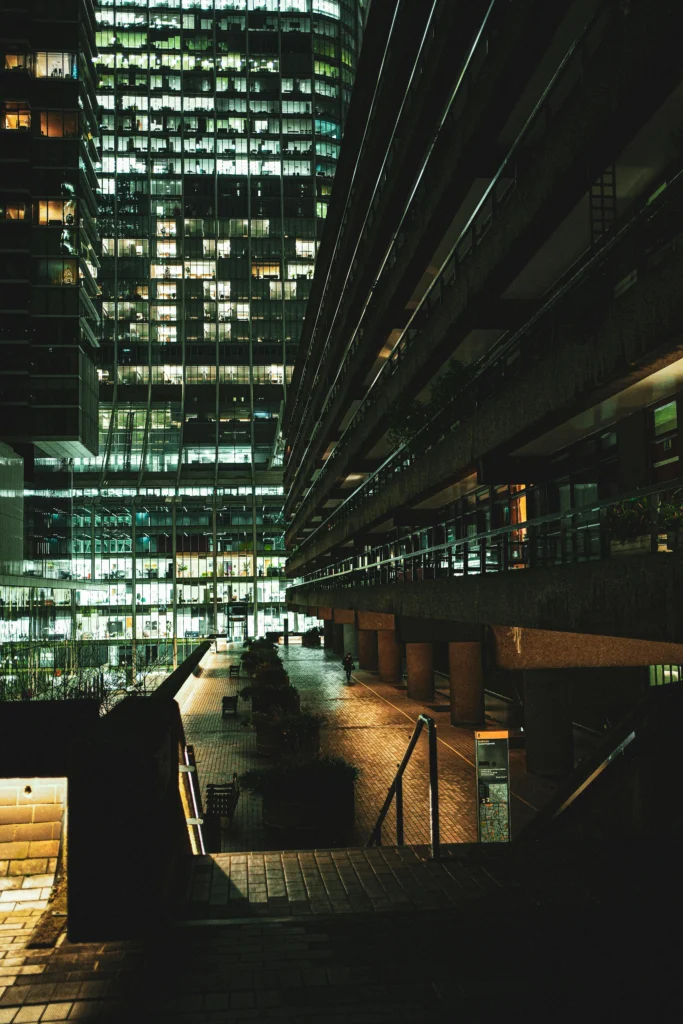
Design Elements
The Barbican Centre is a sprawling complex that combines residential towers, cultural venues, and public spaces. Its raw concrete facades, textured surfaces, and bold geometry embody brutalist architecture at its finest.
Community Role
Today, the Barbican serves as a vibrant hub for the arts, offering concerts, theater productions, and exhibitions, all within a distinctly brutalist setting.
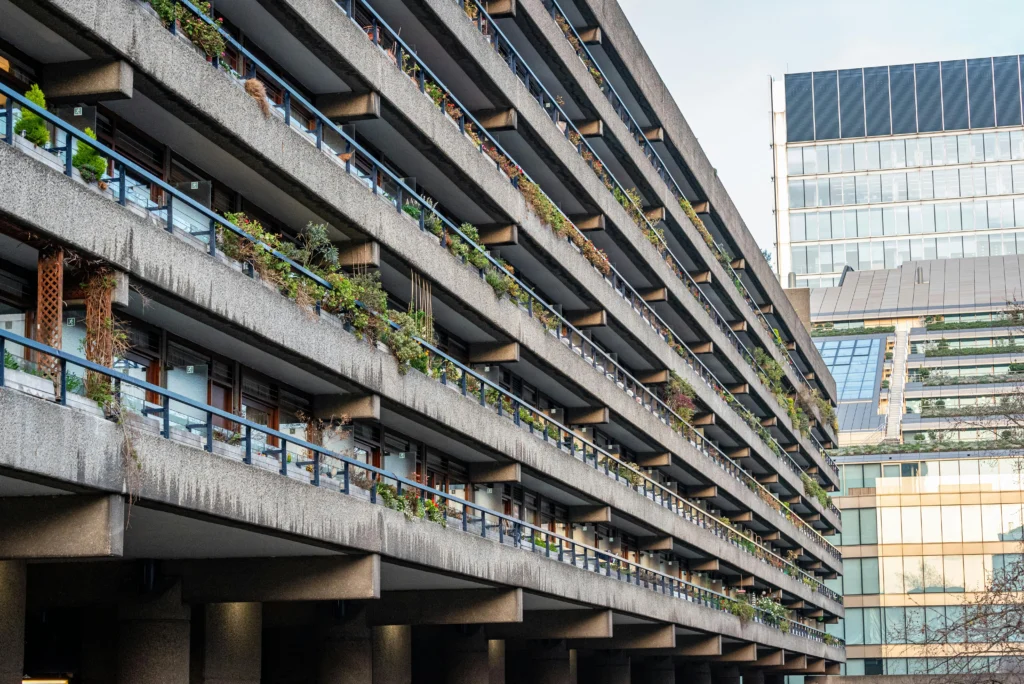
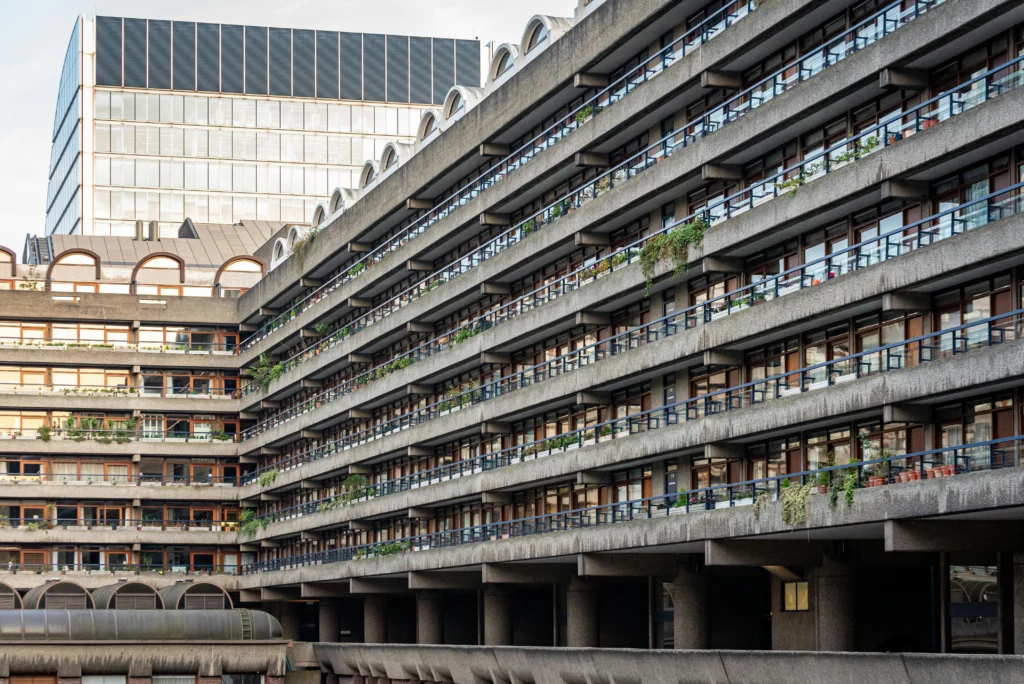
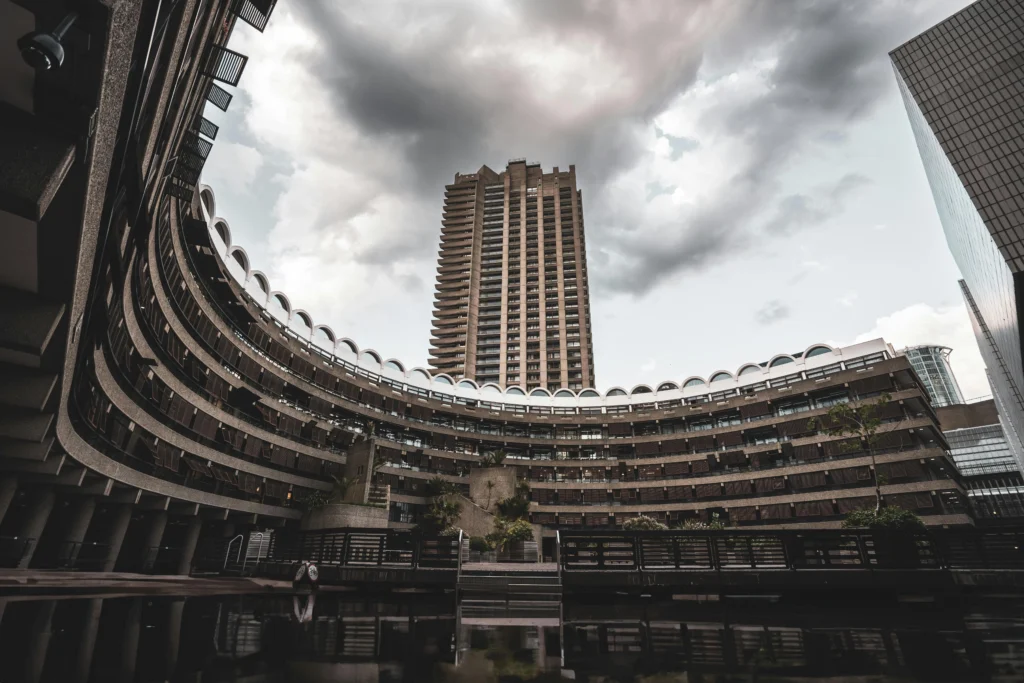

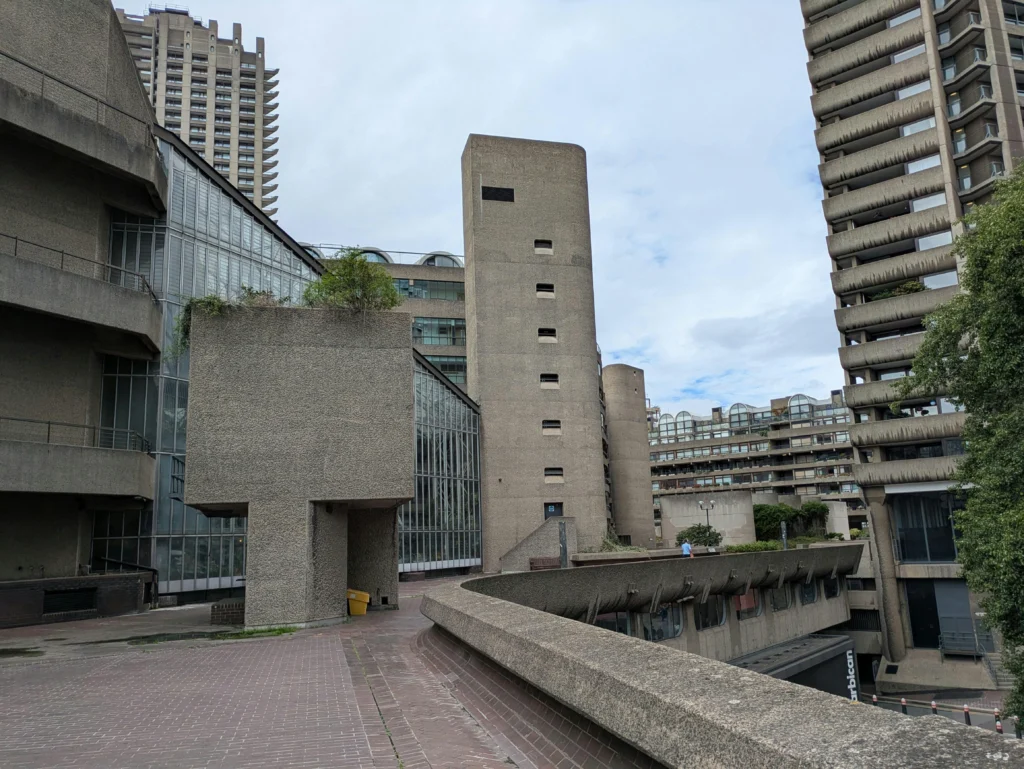
3. Habitat 67, Montreal, Canada
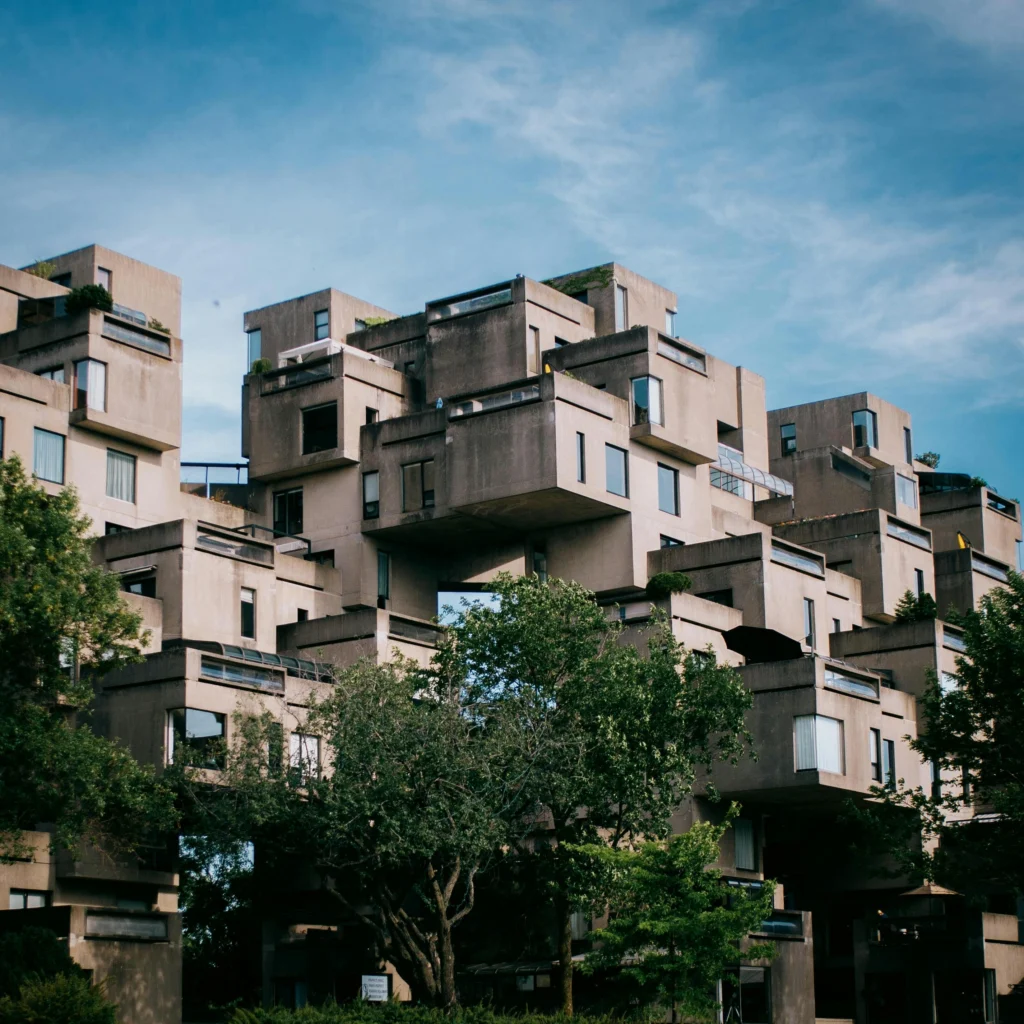
Innovative Concepts
Habitat 67 is a unique take on brutalist architecture that reimagines urban living. Designed by Moshe Safdie, it features a series of stacked, prefabricated concrete units that create private terraces and interconnected living spaces.
Architectural Challenges
While visually striking, the complex posed challenges in construction and maintenance, yet remains a celebrated example of innovation within the brutalist movement.
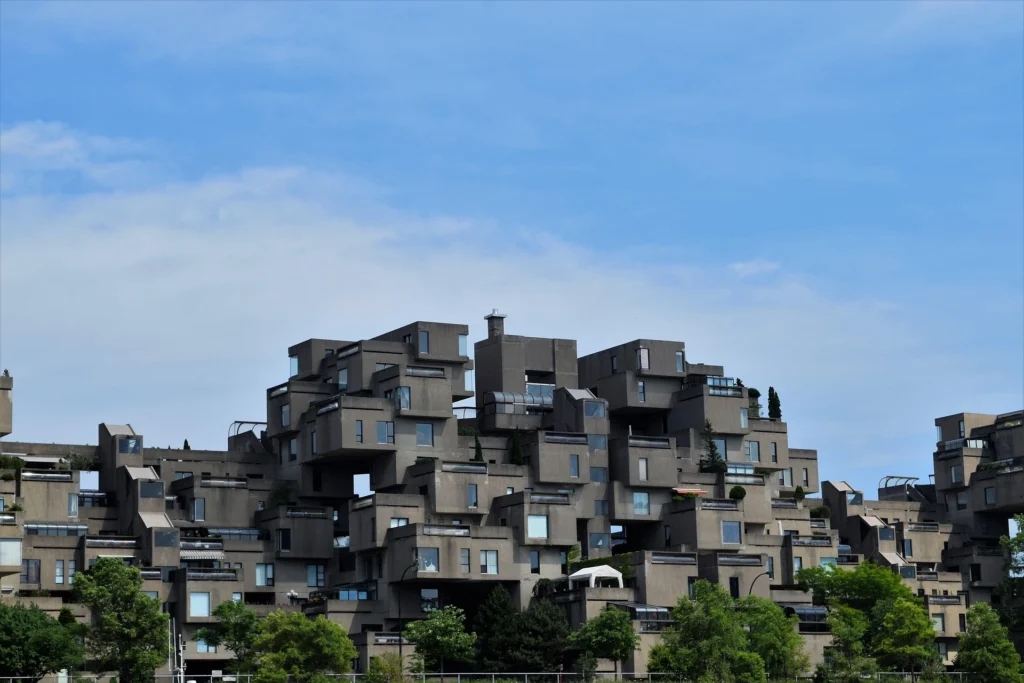
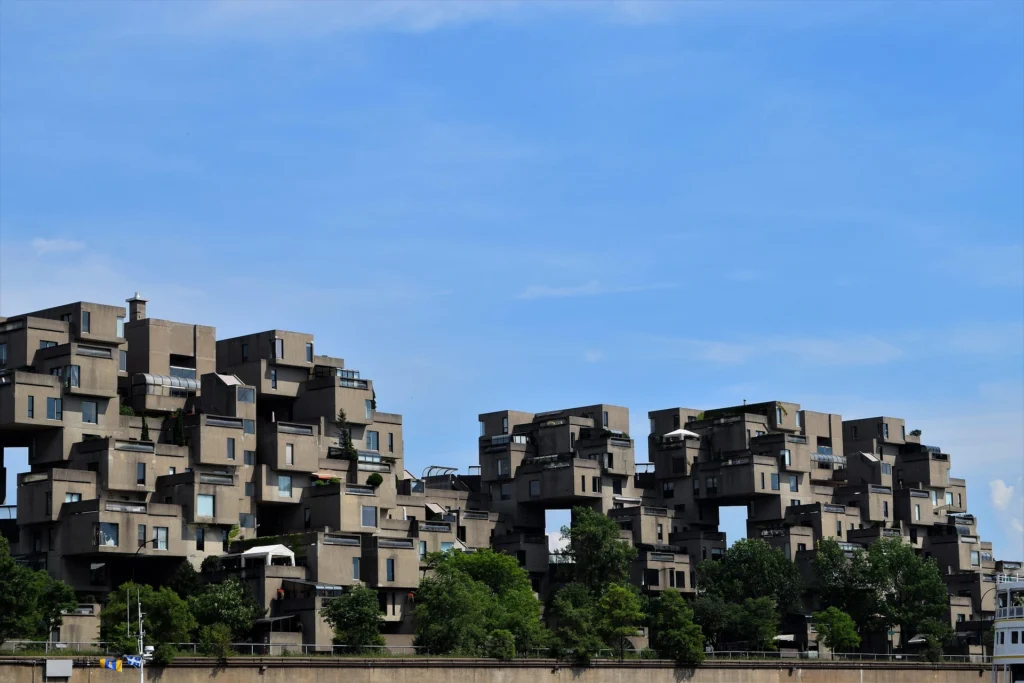
4. The Trellick Tower, London, UK
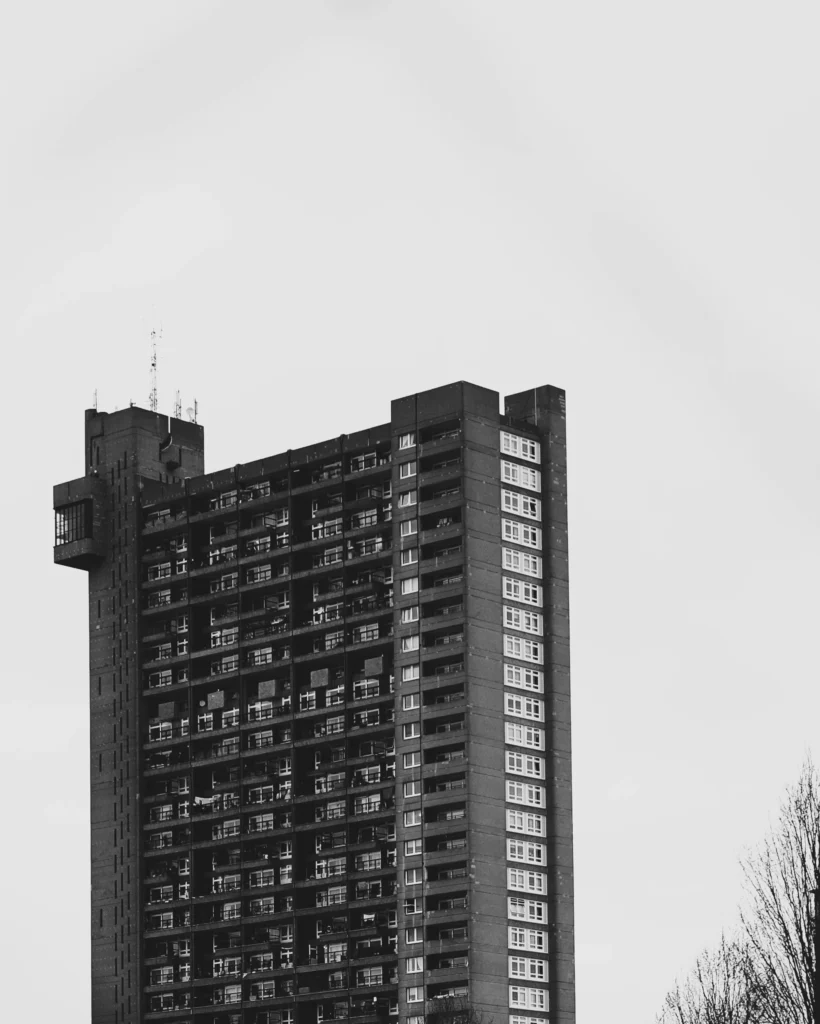
Aesthetic Qualities
The Trellick Tower, designed by Erno Goldfinger, is an iconic residential tower known for its bold, vertical lines and exposed concrete. Its separate service tower adds to its distinctive silhouette.
Historical Significance
Originally met with mixed reviews, the Trellick Tower is now a protected landmark, reflecting both the controversy and enduring appeal of brutalist style architecture.
5. The National Theatre, London, UK
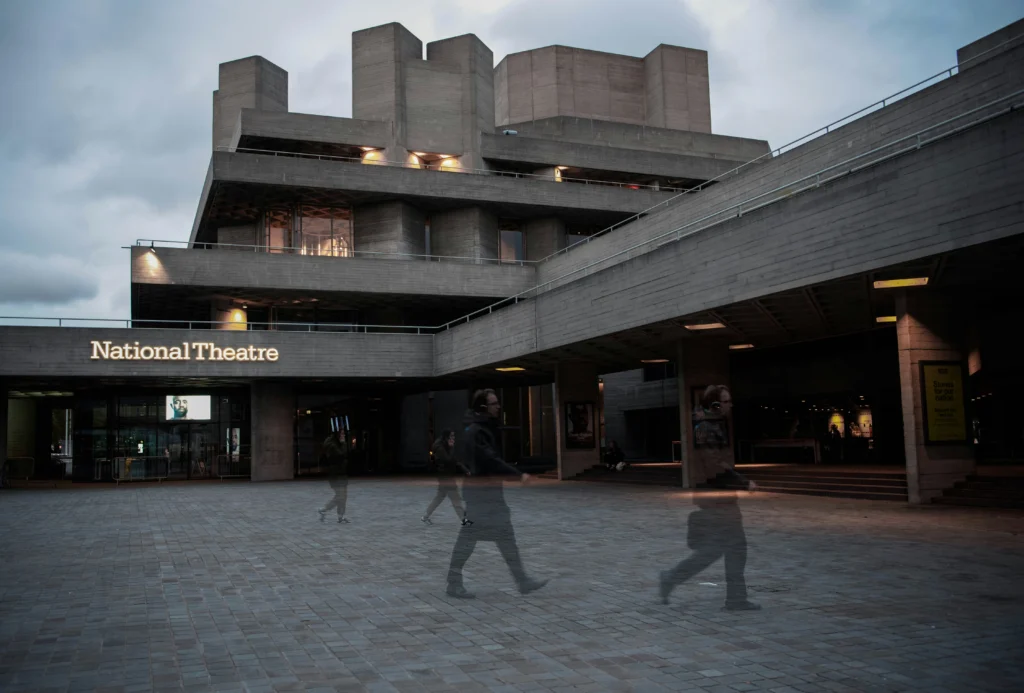
Brutalist Style Architecture
The National Theatre’s layered concrete terraces and angular design make it a textbook example of brutalist architecture. Designed by Denys Lasdun, the building emphasizes raw materials and geometric precision.
Public Reception
Initially divisive, the theatre has since been embraced as a cultural landmark and is widely admired for its bold design.
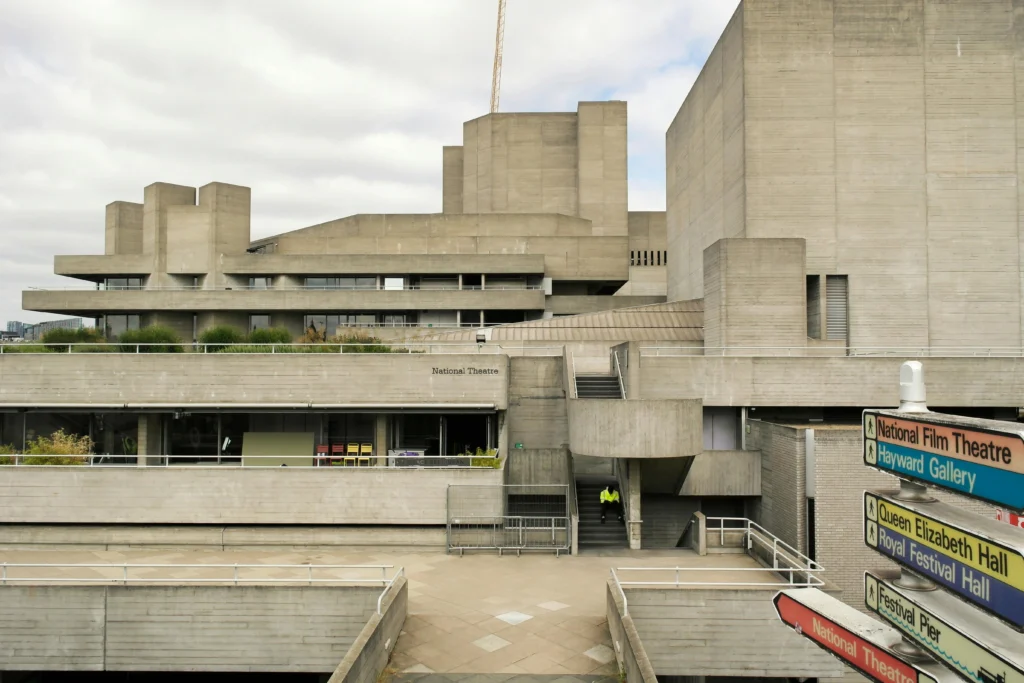
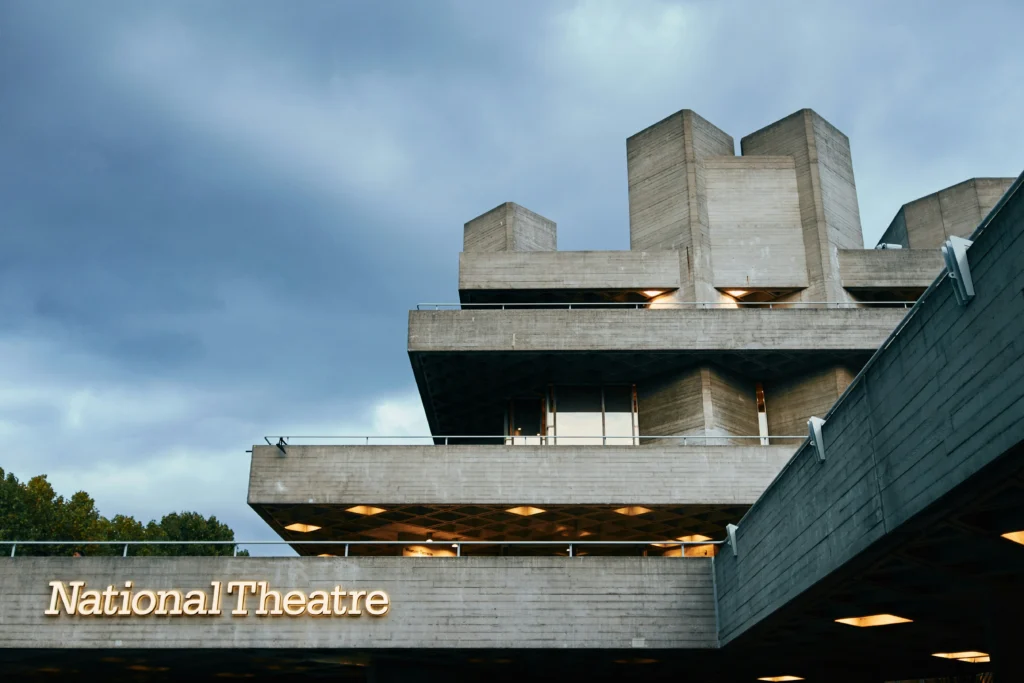
6. Prentice Women’s Hospital, Chicago, USA
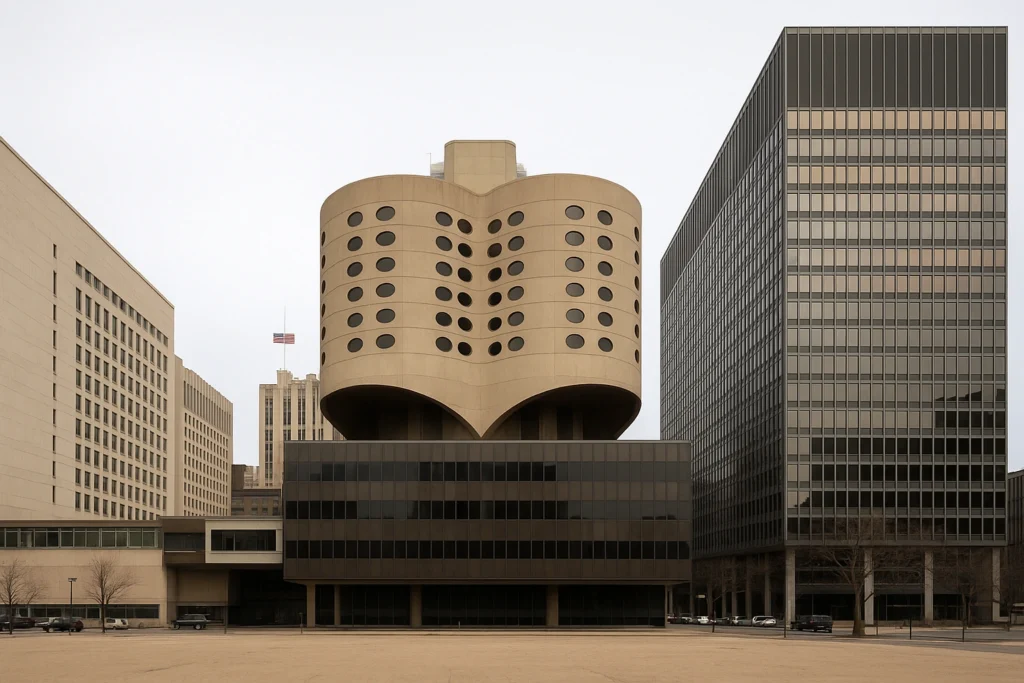
Architectural Features
Prentice Women’s Hospital, designed by Bertrand Goldberg, was a striking example of bold, sculptural brutalist architecture. Its unique curved concrete towers created a visually dynamic and highly recognizable silhouette, demonstrating how Brutalism could embrace organic forms while remaining functional.
Historical Significance
Although the building was controversially demolished in 2013, it remains an iconic example of mid-20th century Brutalism in the United States. Prentice Women’s Hospital showcased innovative engineering and a daring approach to hospital design, inspiring architects and enthusiasts alike.
Cultural Impact
The hospital’s sculptural forms left a lasting legacy in architectural history. Its bold use of concrete and non-traditional shapes continues to influence contemporary brutalist-inspired designs and serves as a reminder of the style’s potential for creative expression.
7. Geisel Library, University of California, San Diego, USA
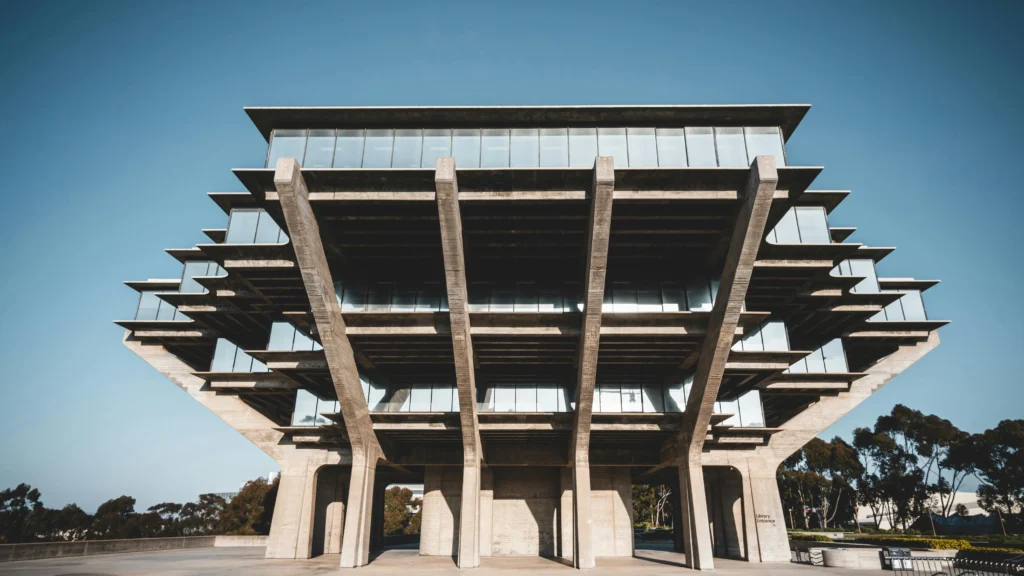
Architectural Features
Geisel Library, designed by William Pereira, is a dramatic example of futuristic Brutalist architecture. Its cantilevered concrete floors and bold geometric forms create a striking, sculptural silhouette, emphasizing both function and monumental design.
Historical Significance
Completed in 1970, the library quickly became an icon of UC San Diego and one of the most recognizable Brutalist structures in the United States. Its innovative design demonstrates how Brutalism can merge practicality with highly expressive forms.
Cultural Impact
The library’s futuristic, angular design has made it a symbol of the university and a popular subject for architectural photography. Geisel Library continues to inspire contemporary architects and serves as a prime example of how Brutalism can achieve visual drama and functional excellence..

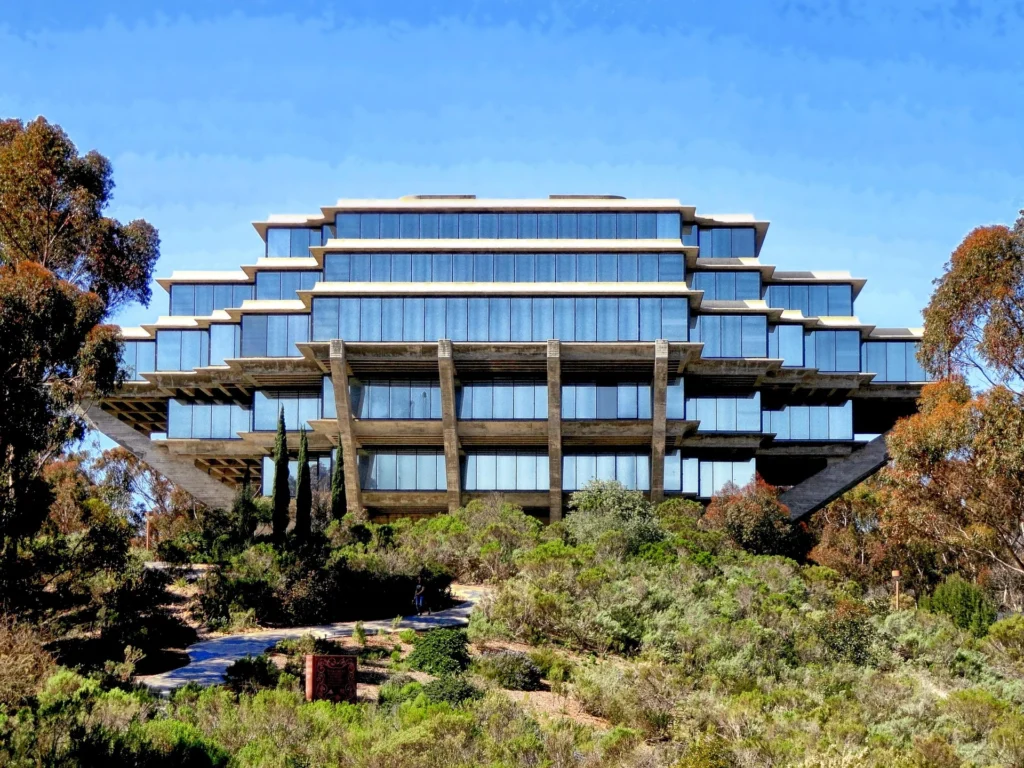
The Lasting Legacy of Brutalism
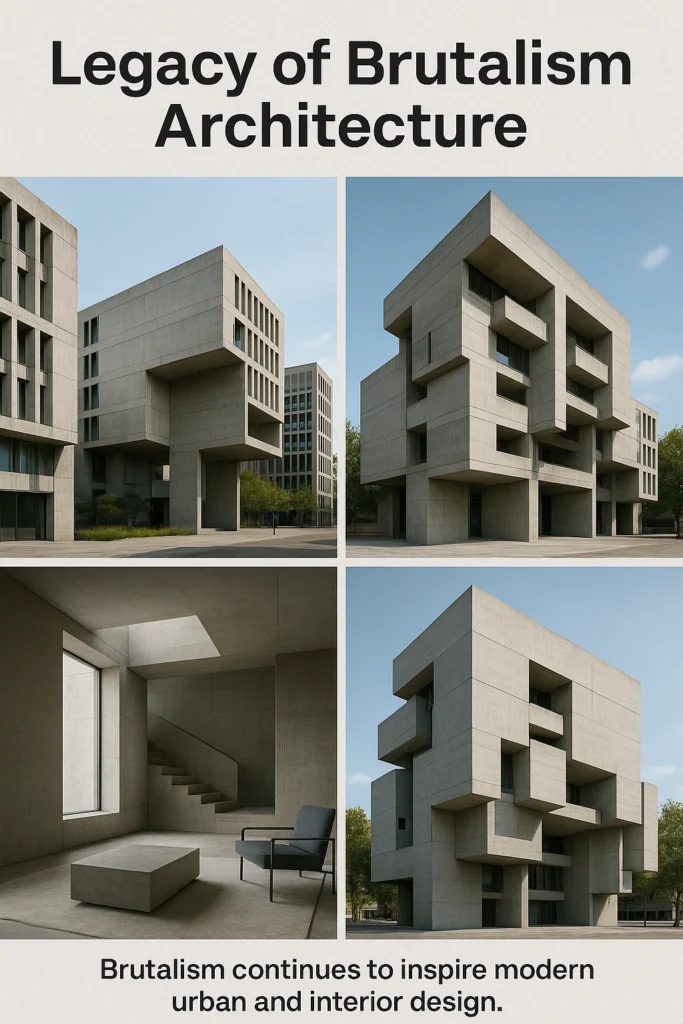
Despite its polarizing appearance, brutalist architecture has left a lasting mark on cities around the world. Its bold, functional designs continue to spark debate, inspire designers, and influence modern architecture.
If you’re drawn to the clean lines and raw materials of this style, consider incorporating brutalist-inspired furniture like [concrete coffee tables], [geometric shelving units], or [minimalist lighting fixtures] into your space.
The Future of Brutalist Architecture
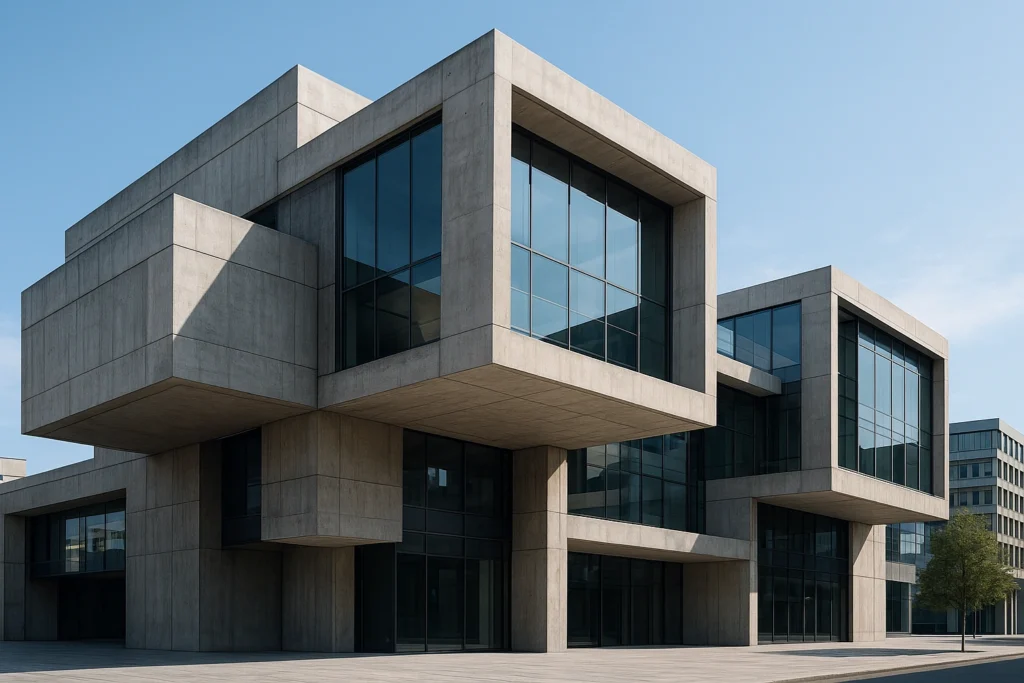
Today, brutalist architecture is experiencing a resurgence. Architects and designers are reimagining the style for contemporary spaces, blending raw materials with modern functionality. Love it or hate it, brutalism isn’t going anywhere.
Key Takeaways
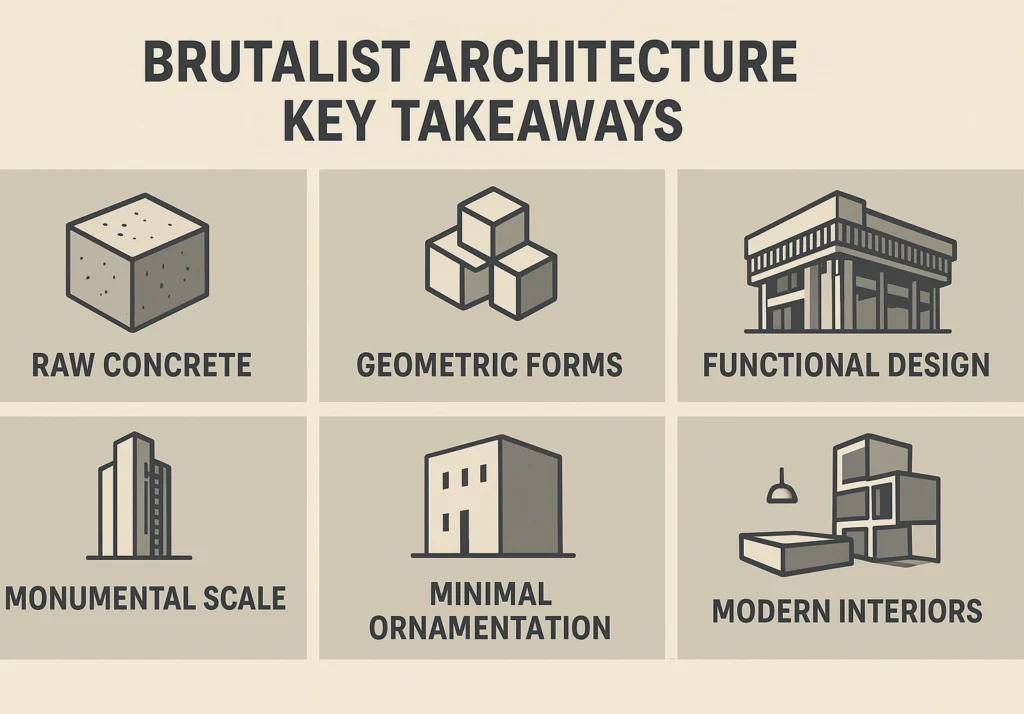
- Brutalist architecture is known for raw materials, geometric forms, and functionality.
- It emerged after World War II, shaping civic buildings, homes, and cultural spaces.
- Notable examples include Boston City Hall, Habitat 67, and the National Theatre.
- The style remains influential, inspiring modern design and urban development.
- You can bring brutalist style into your home with bold, minimalist decor like [concrete planters] or [blocky armchairs].
FAQ
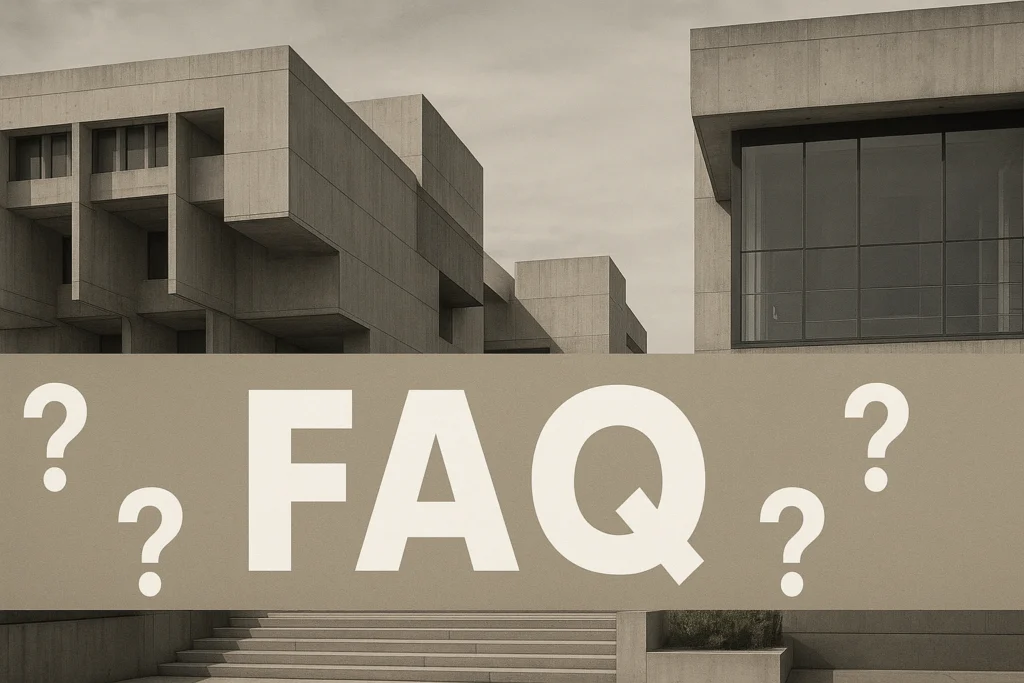
What is brutalist architecture?
Brutalist architecture is a design style characterized by raw concrete, blocky forms, and minimal decoration. It emphasizes functionality and bold geometry.
Why is brutalist architecture controversial?
Some people find brutalist buildings stark or imposing, while others appreciate their honesty, strength, and innovative design.
Where is brutal architecture most common?
You’ll find examples worldwide, especially in Europe, North America, and parts of Russia, where the style was popular for public buildings and housing.
Can I incorporate brutalist style into my home?
Absolutely! Look for furniture and decor with clean lines, raw materials, and minimalist forms, like [concrete side tables] or [metal-framed chairs].
Is brutalism making a comeback?
Yes, many designers and architects are revisiting brutalist principles, blending them with modern aesthetics to create bold, contemporary spaces.

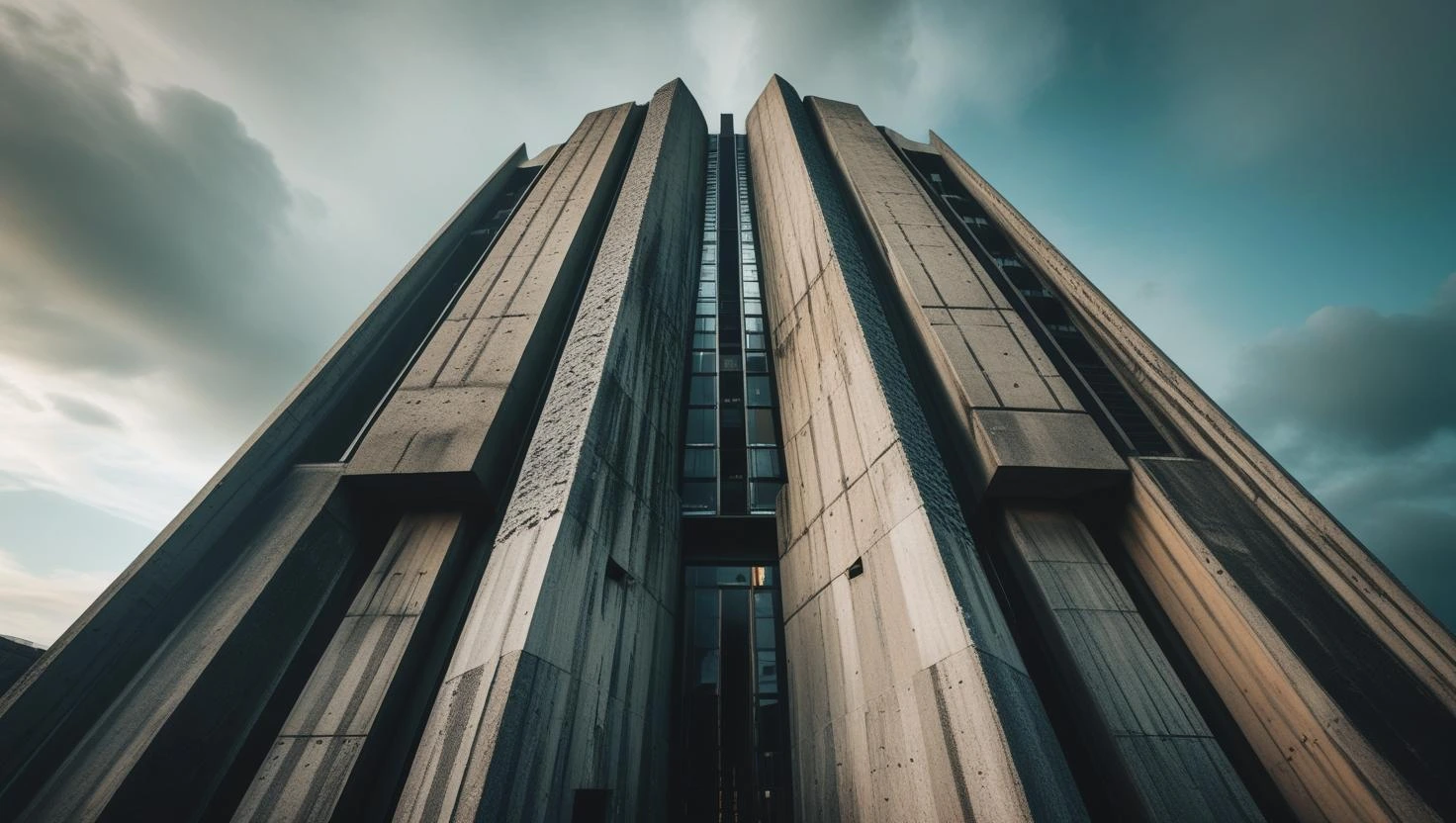
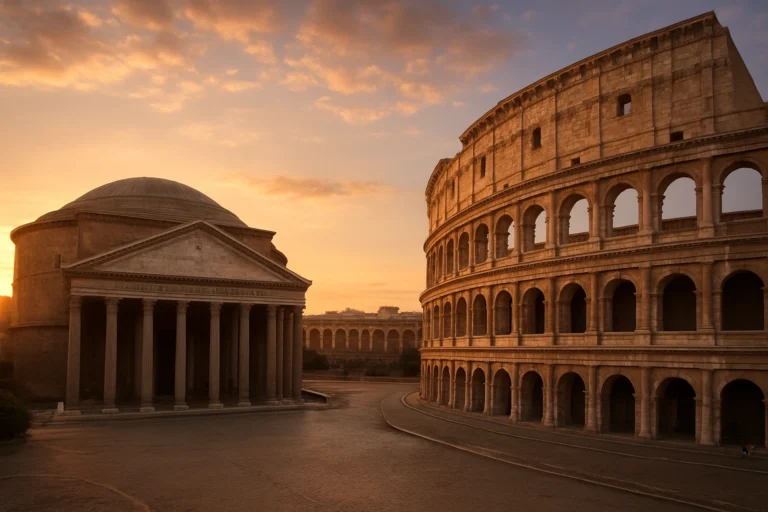
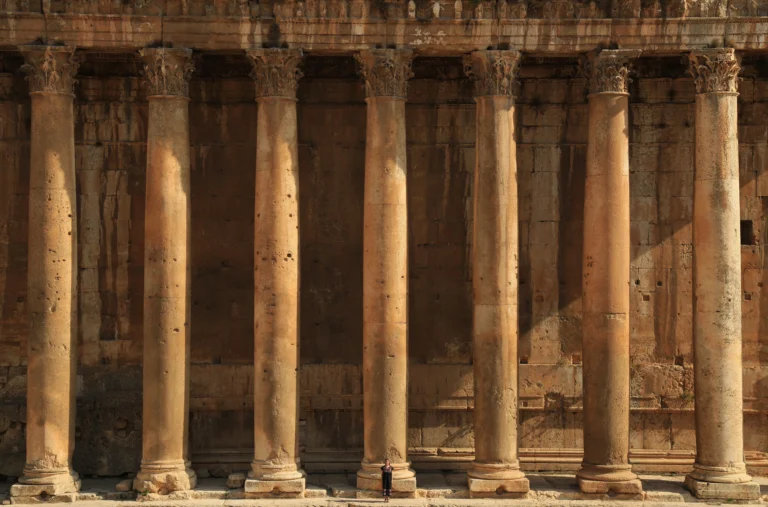
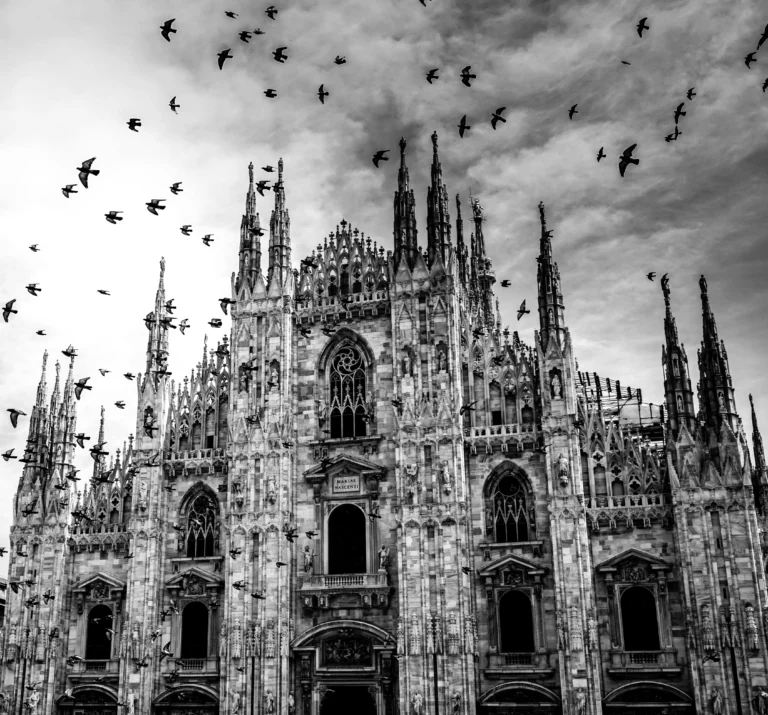
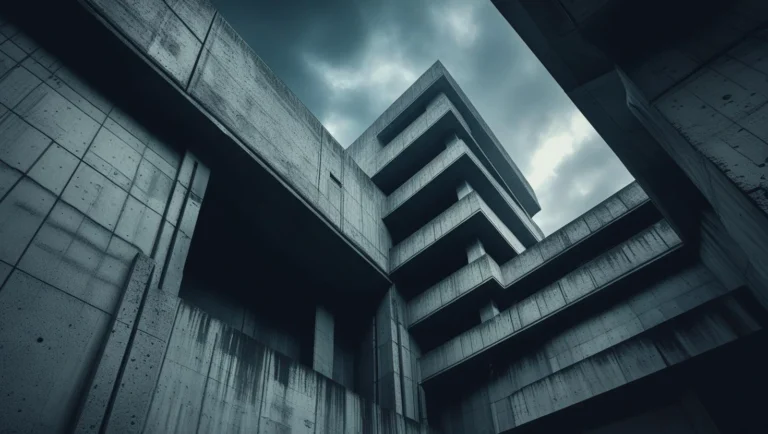
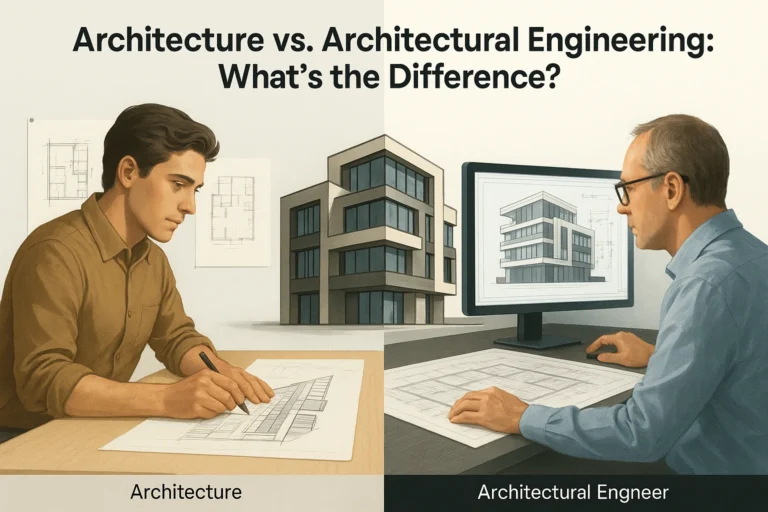
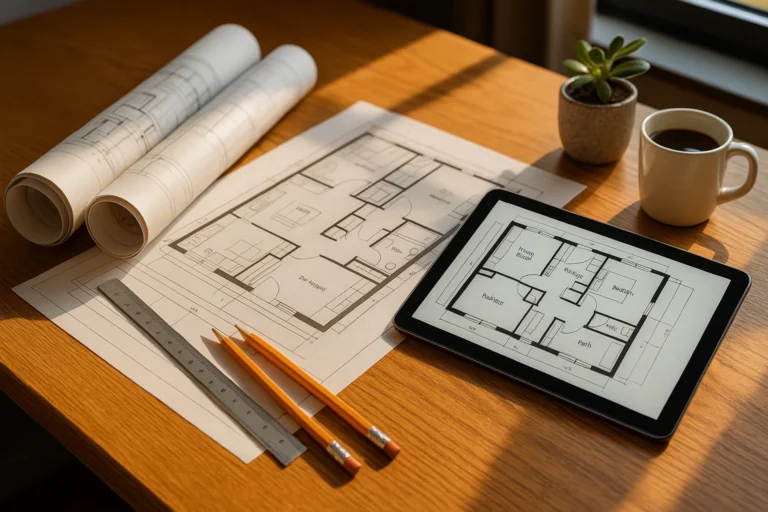
One Comment
Comments are closed.